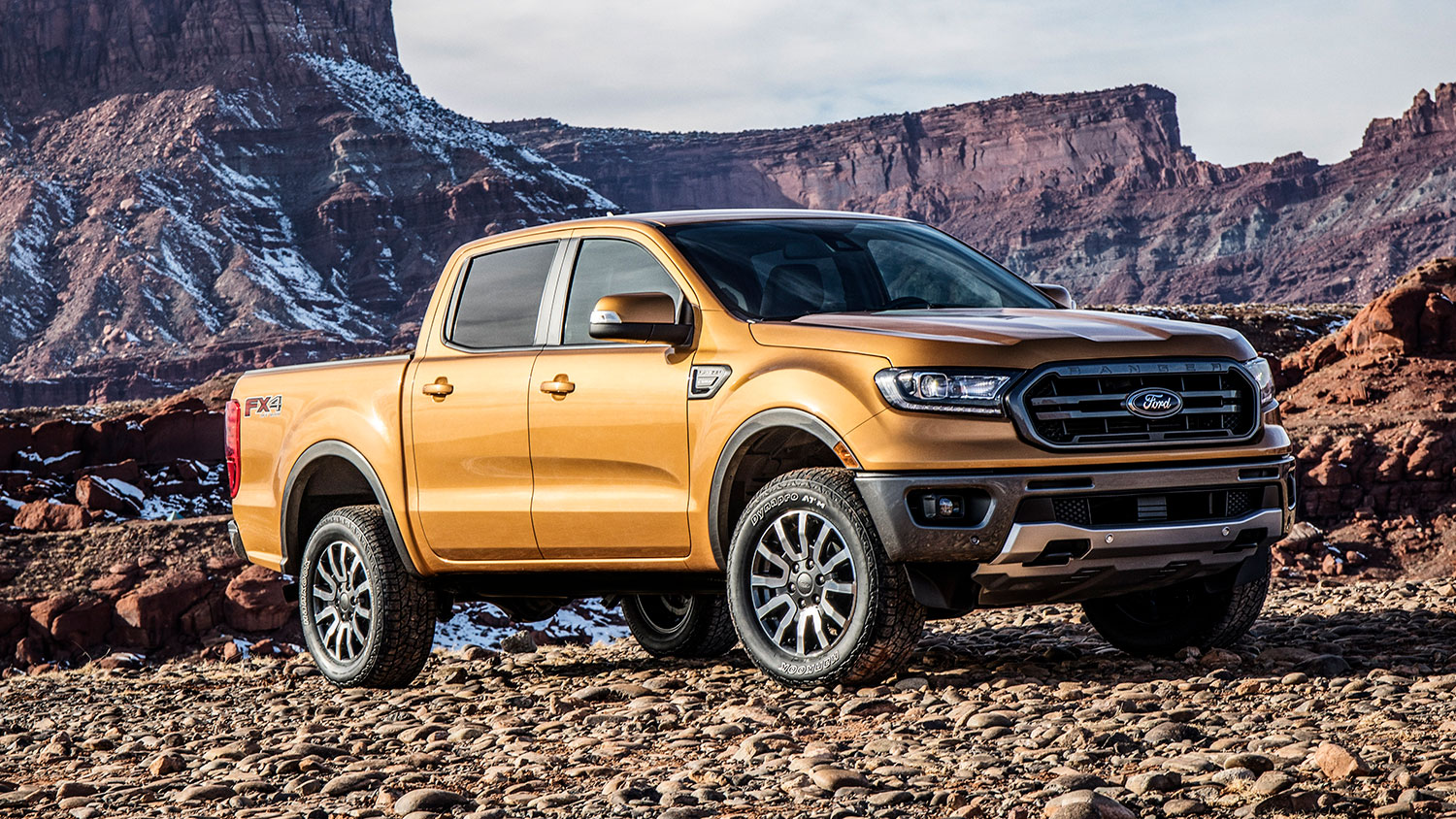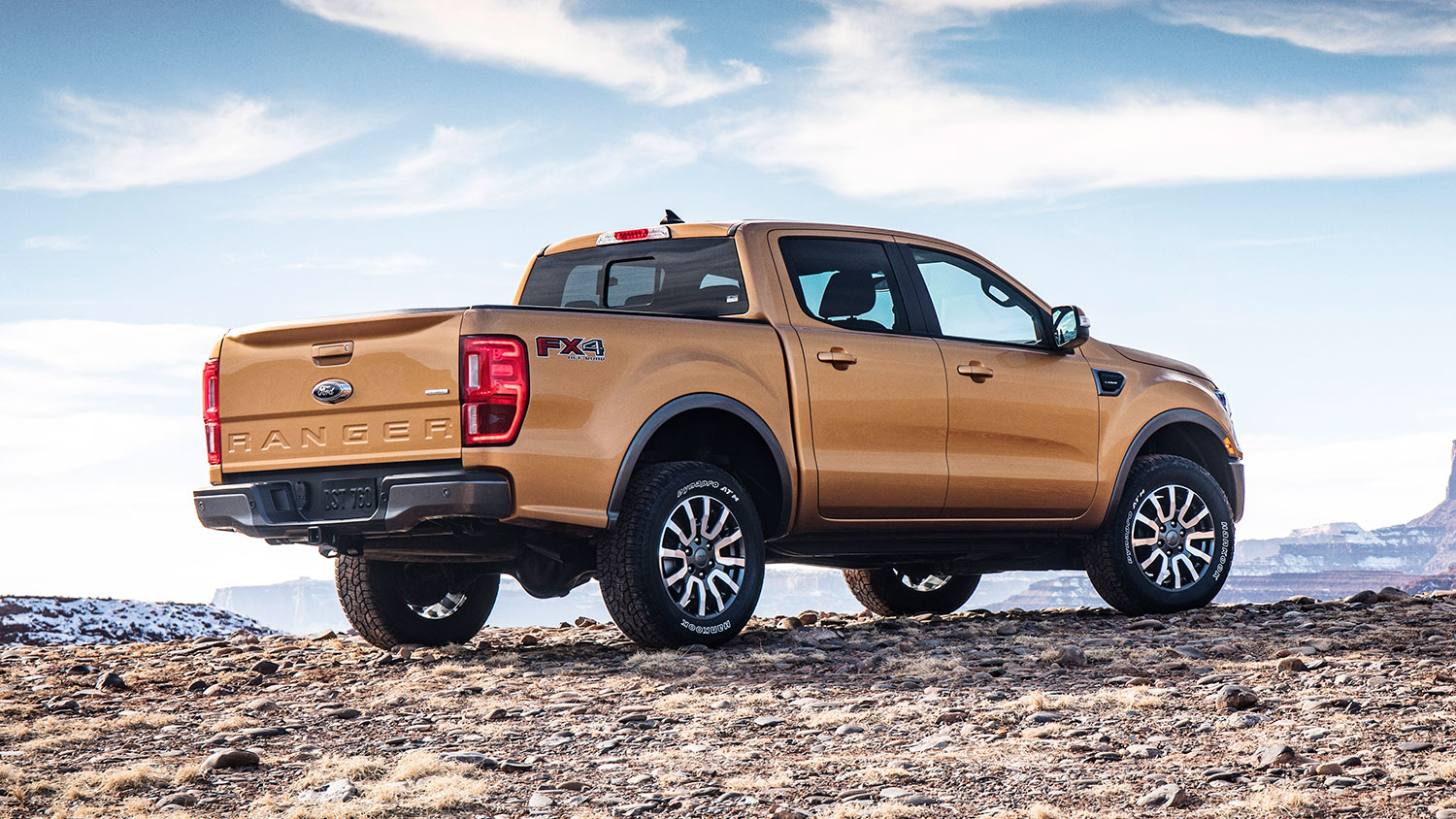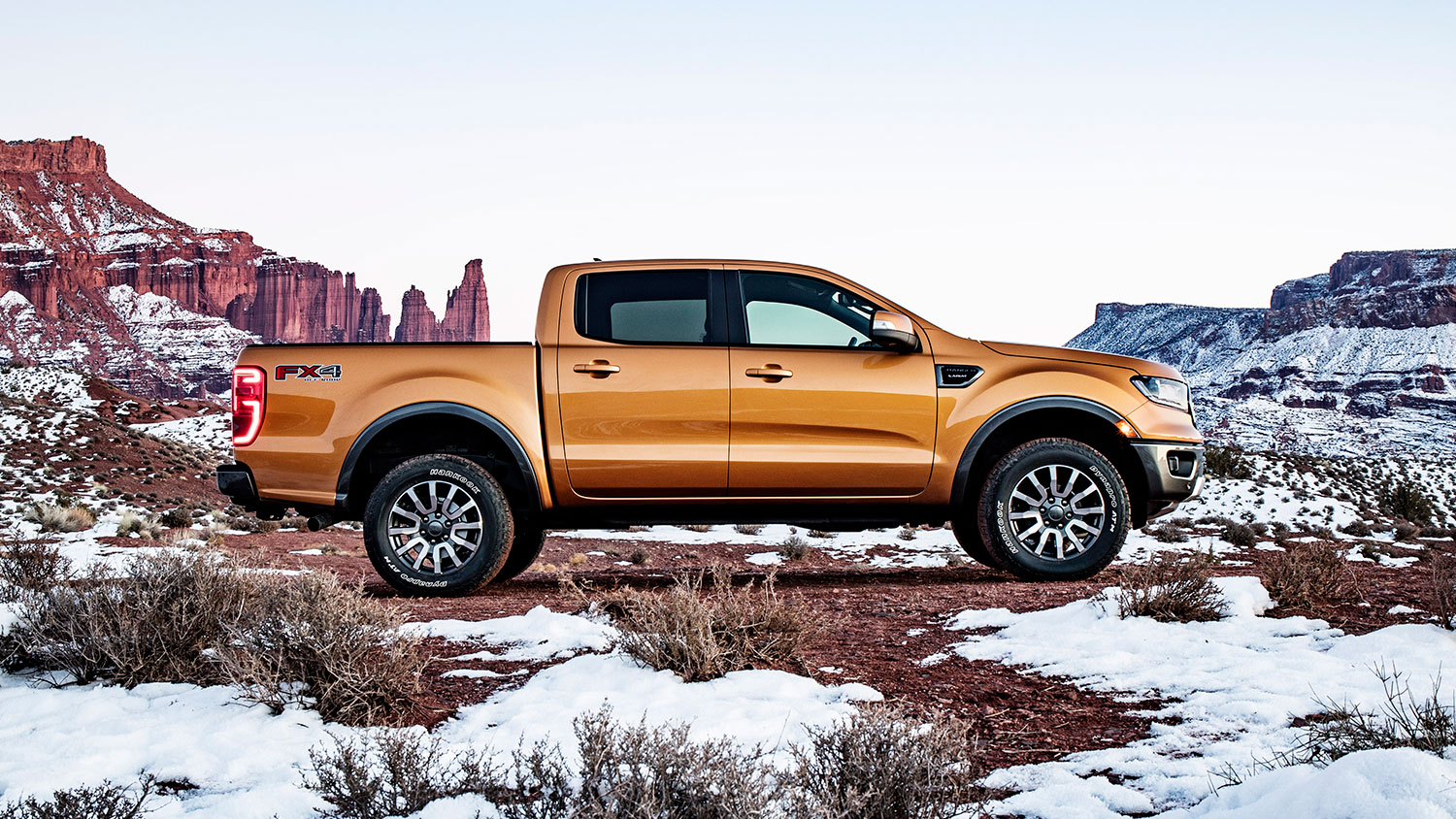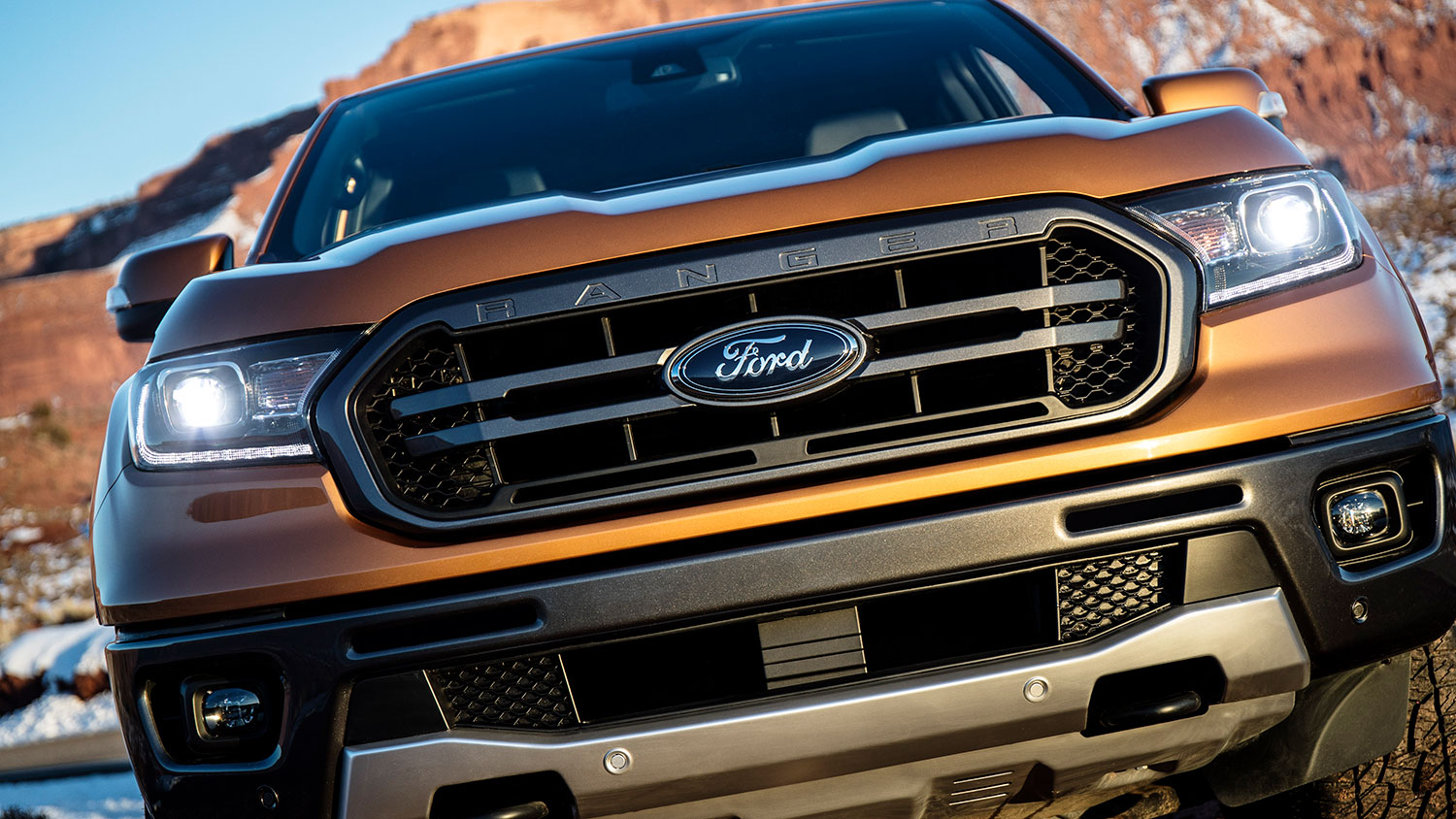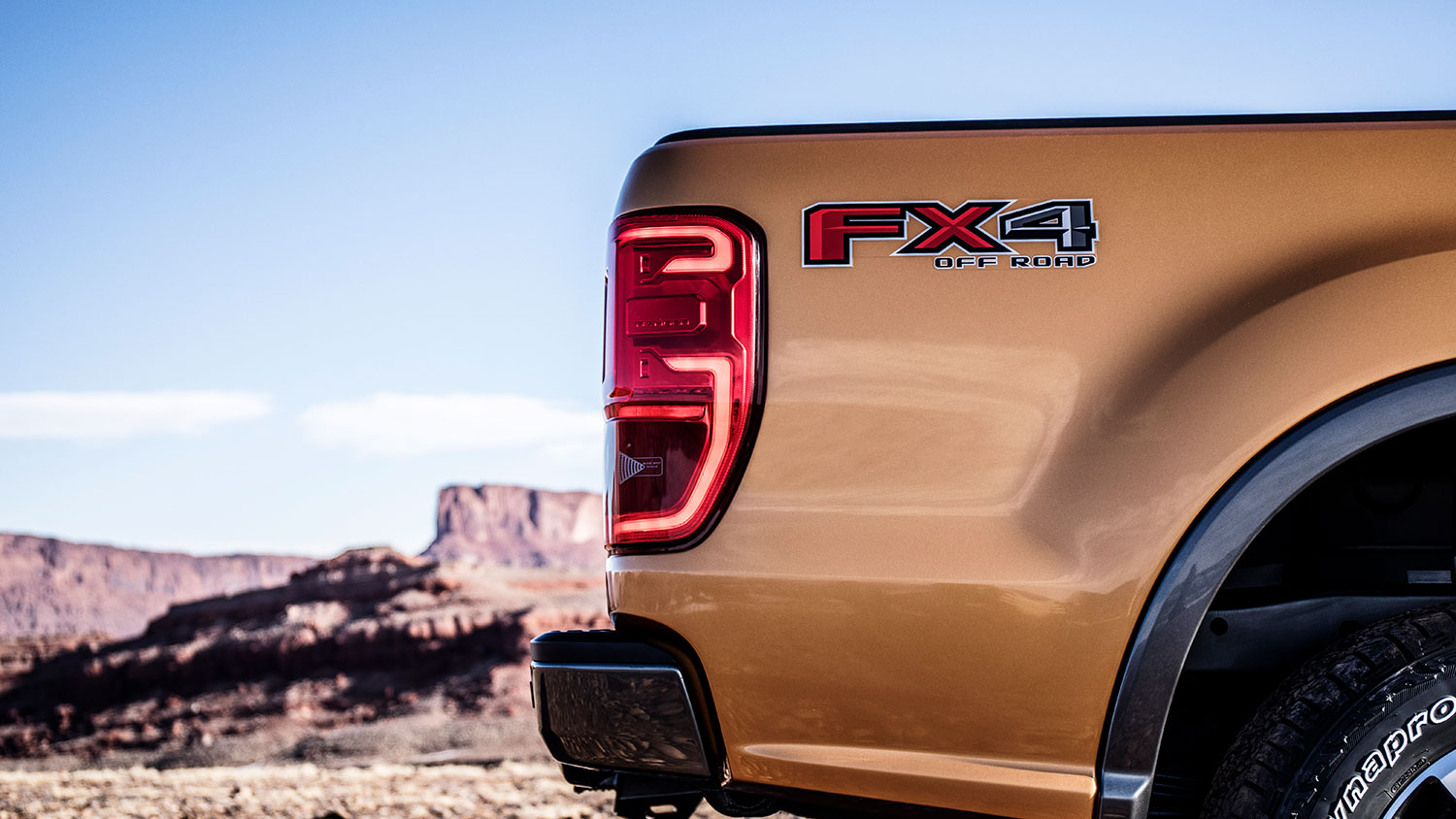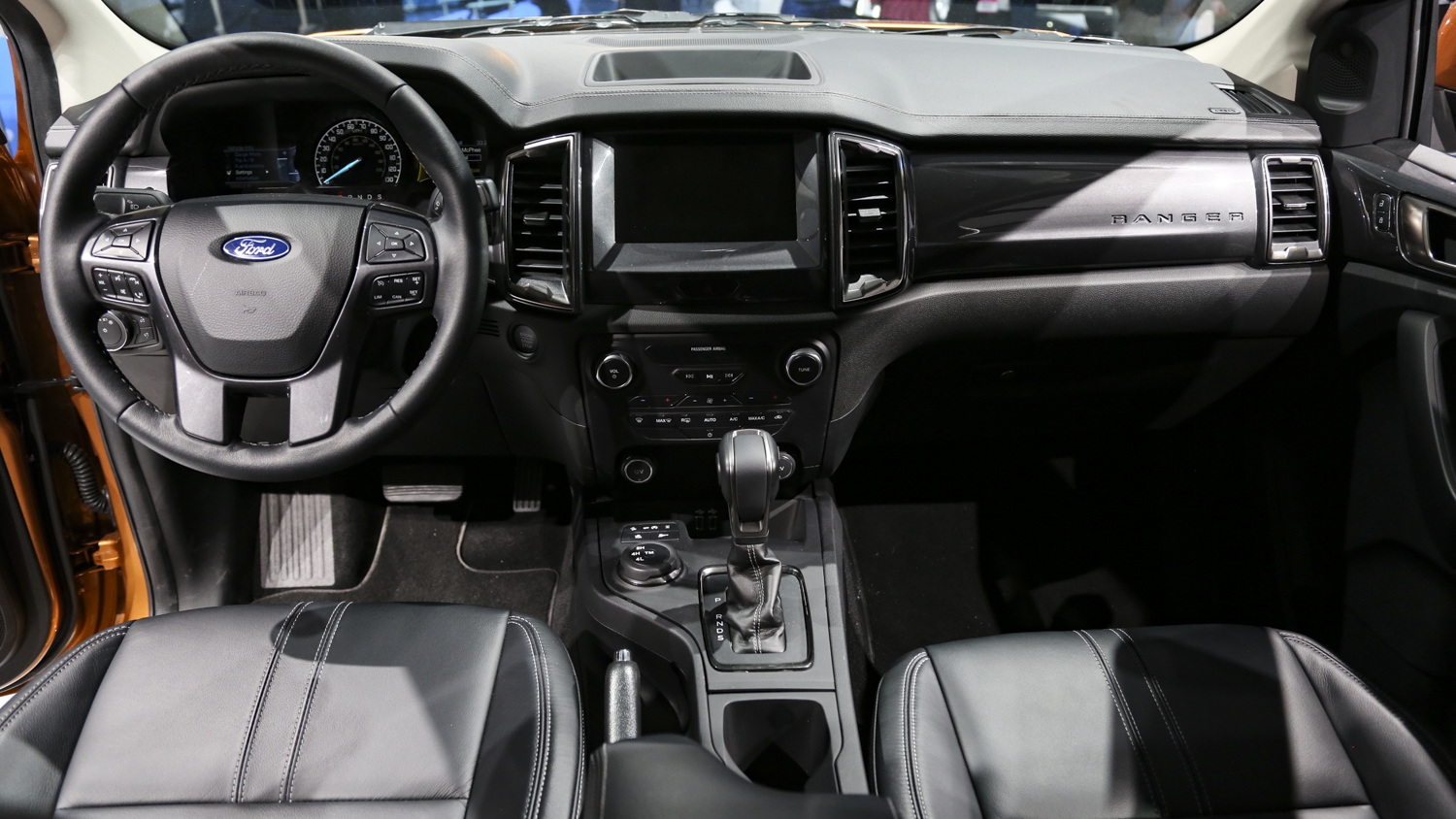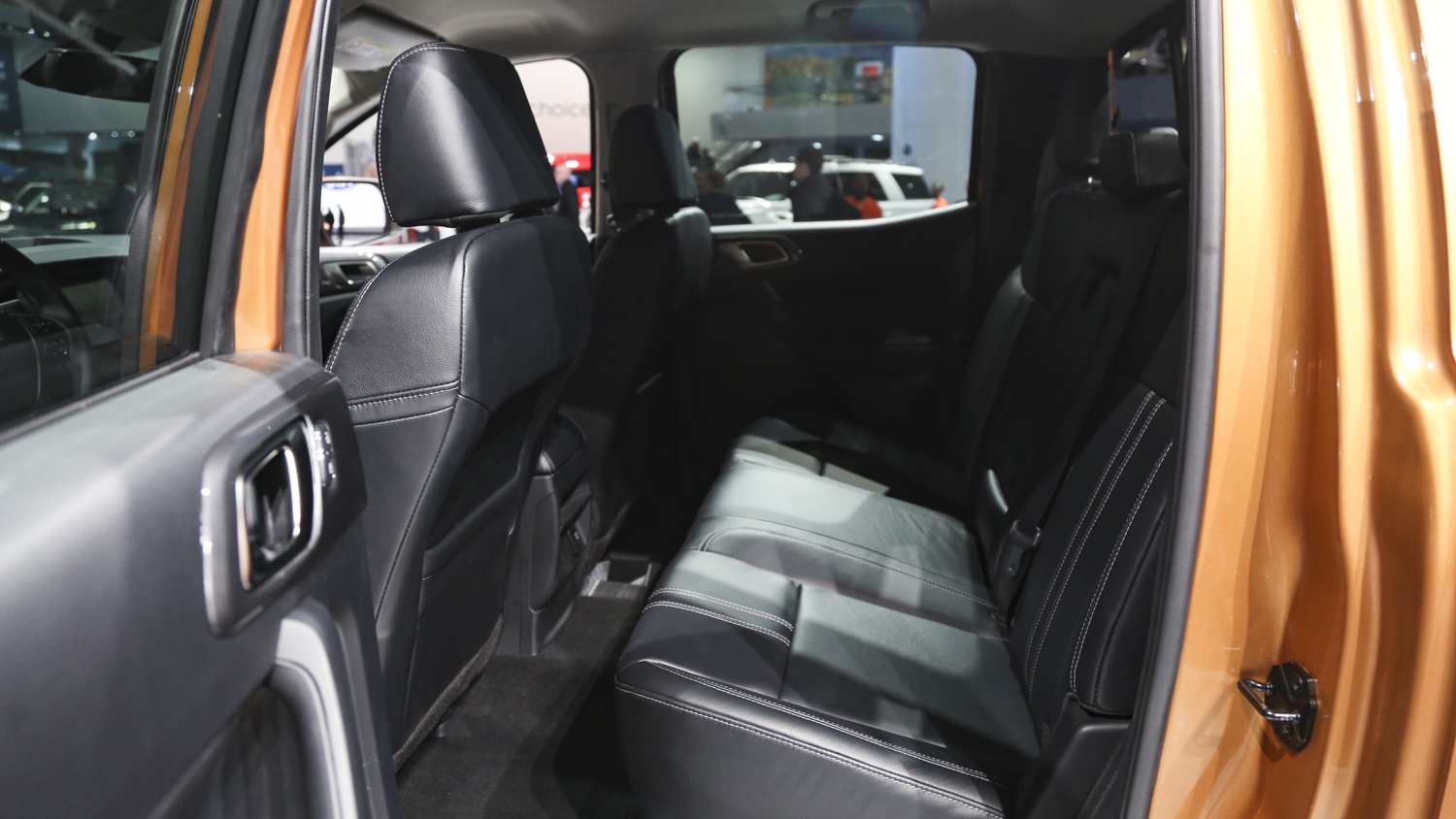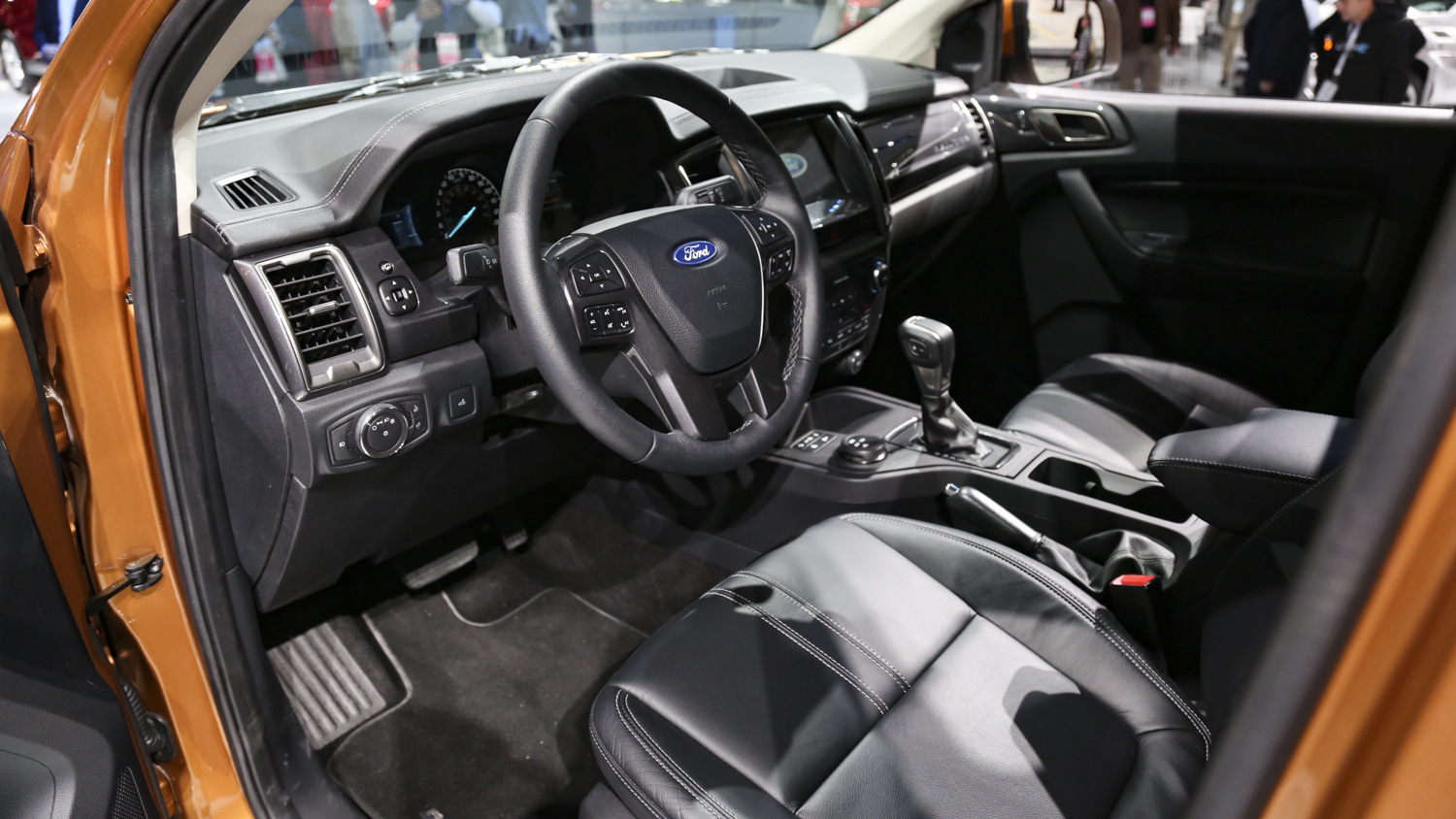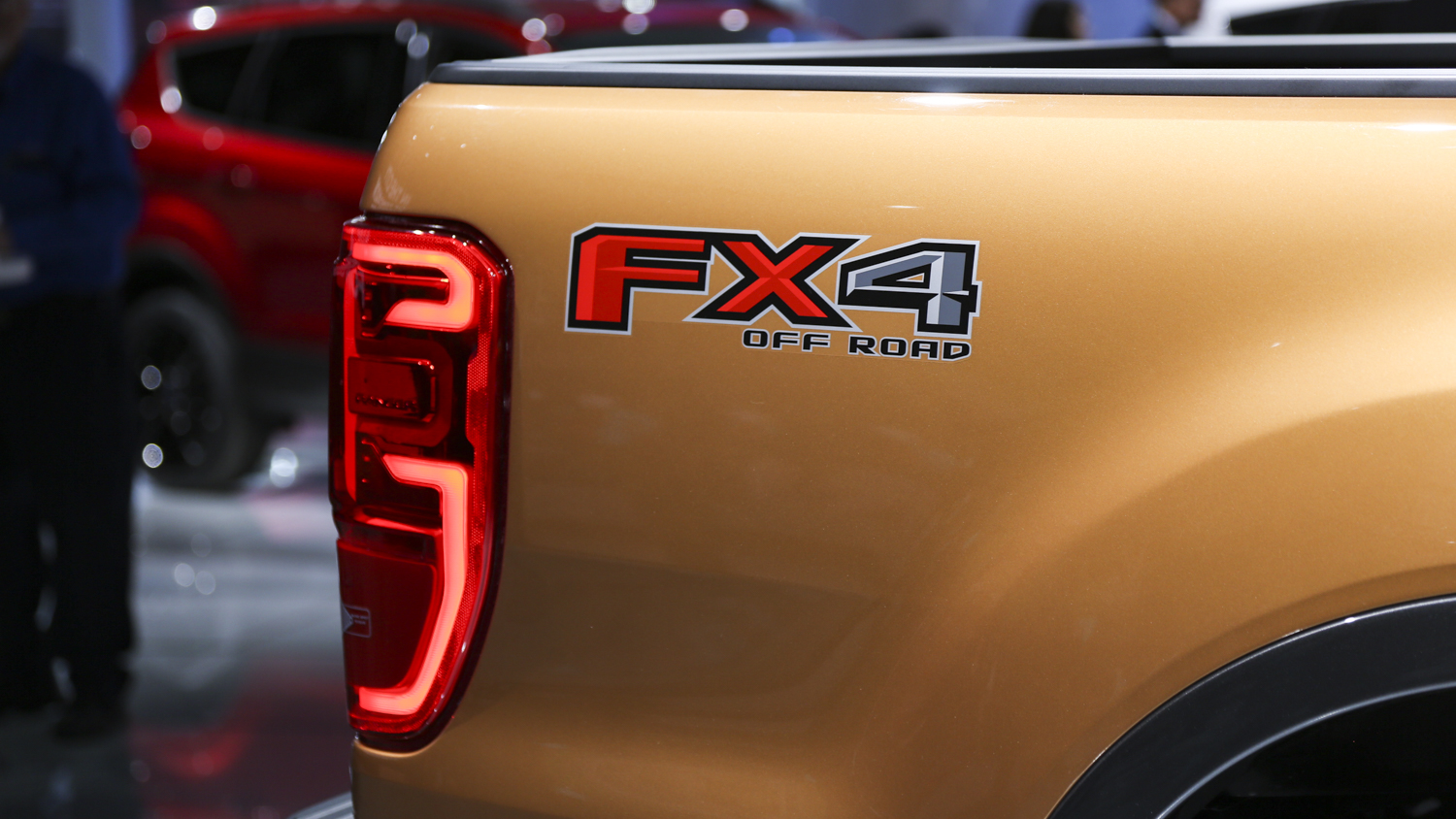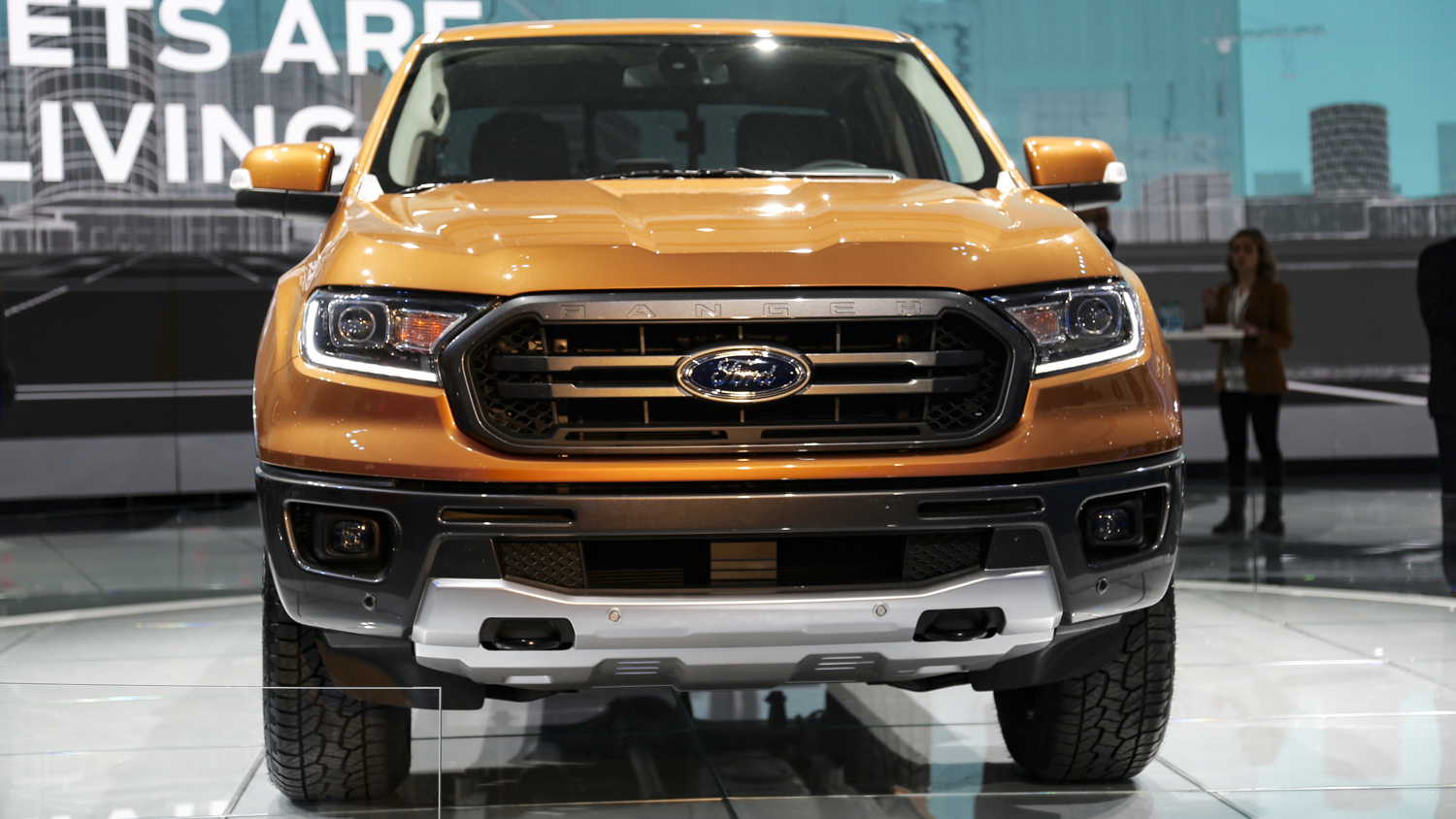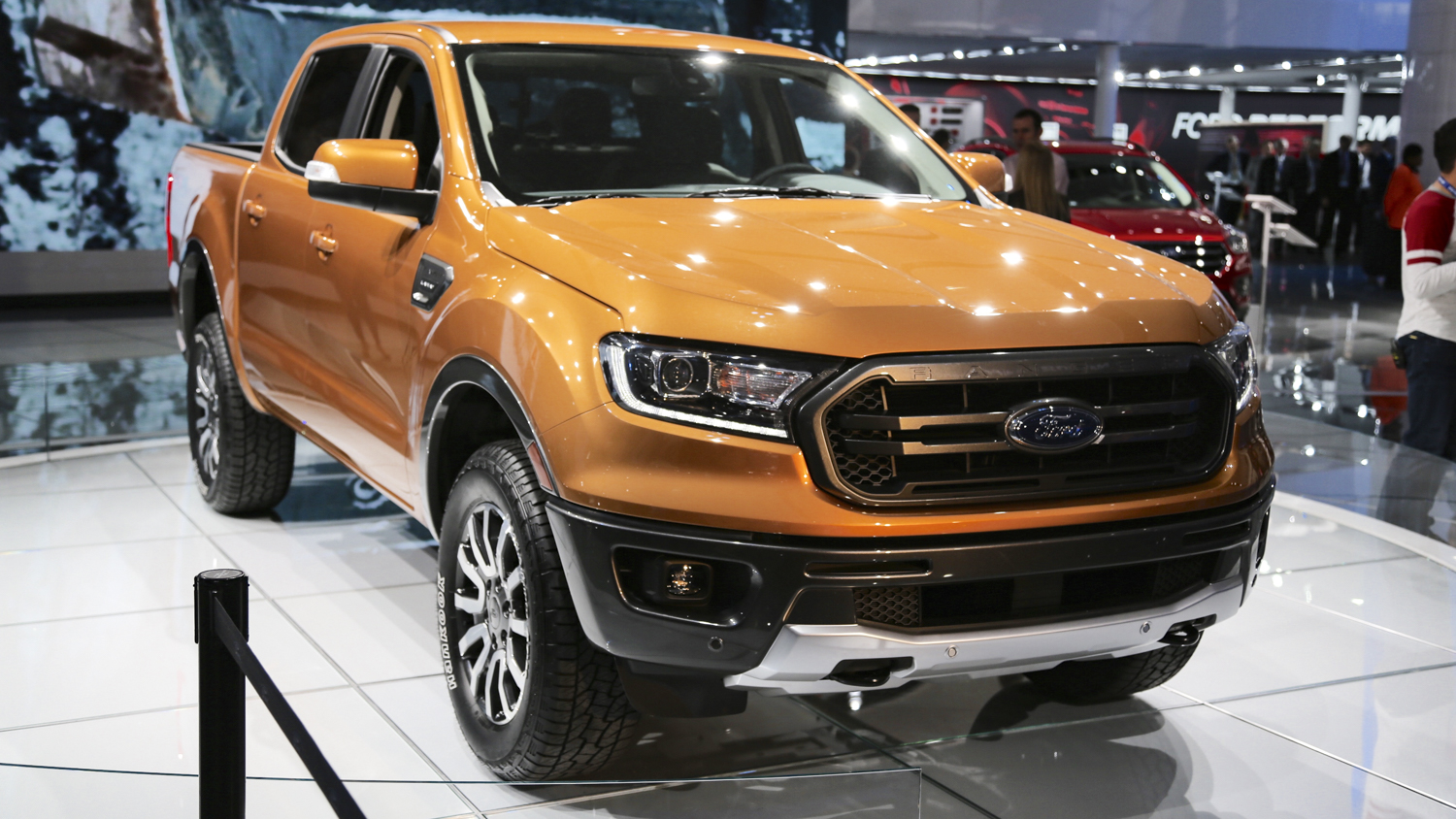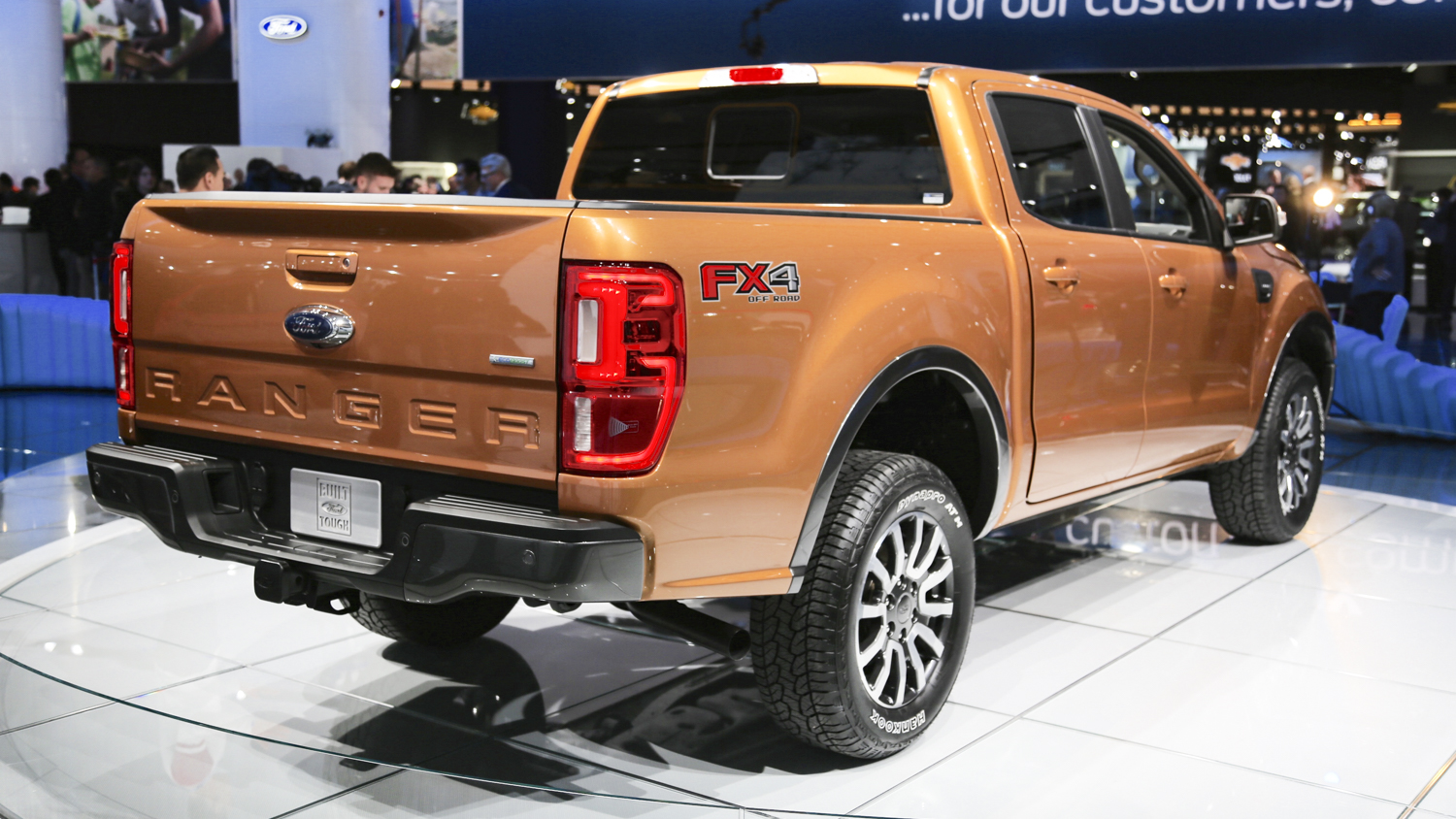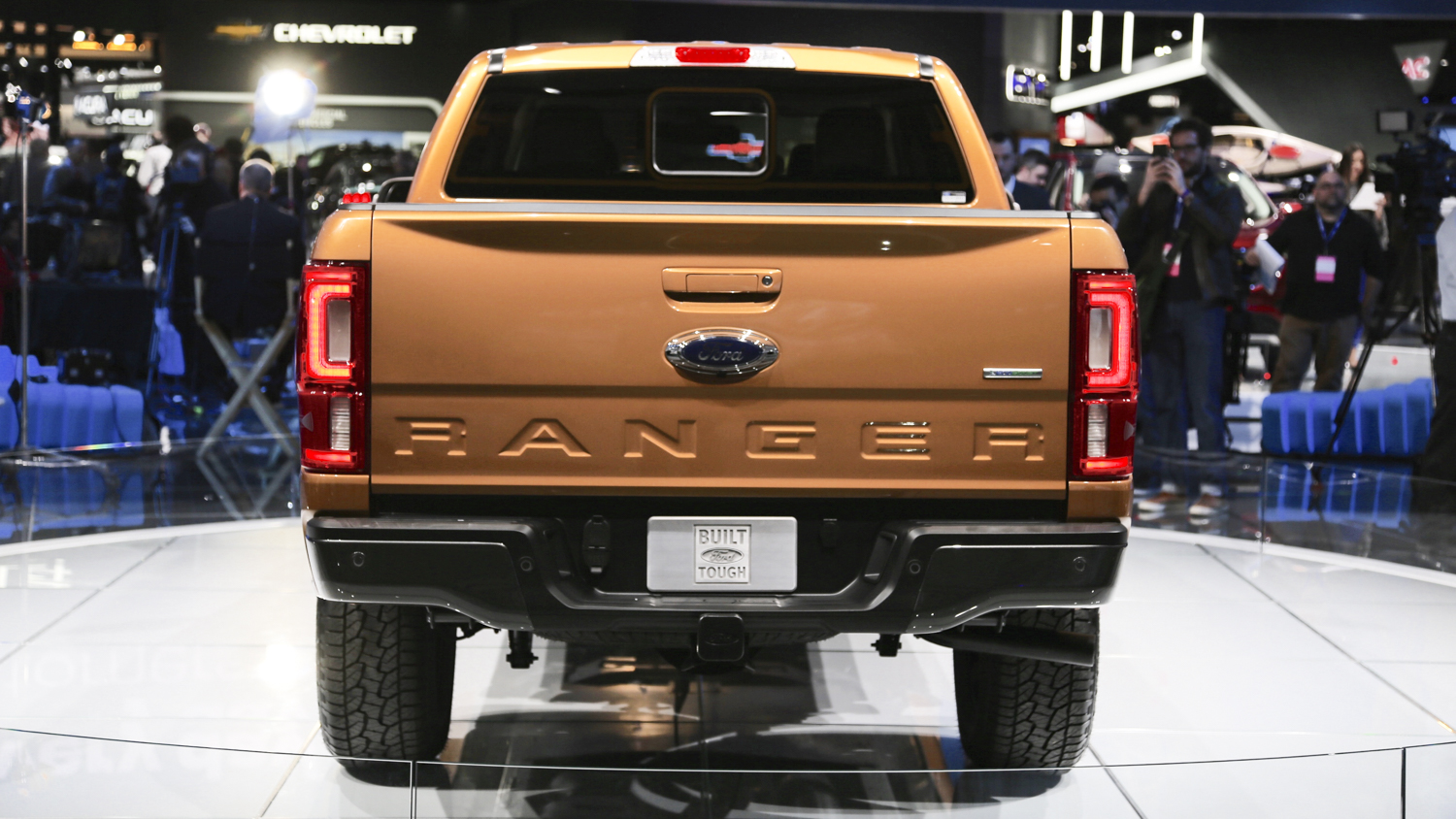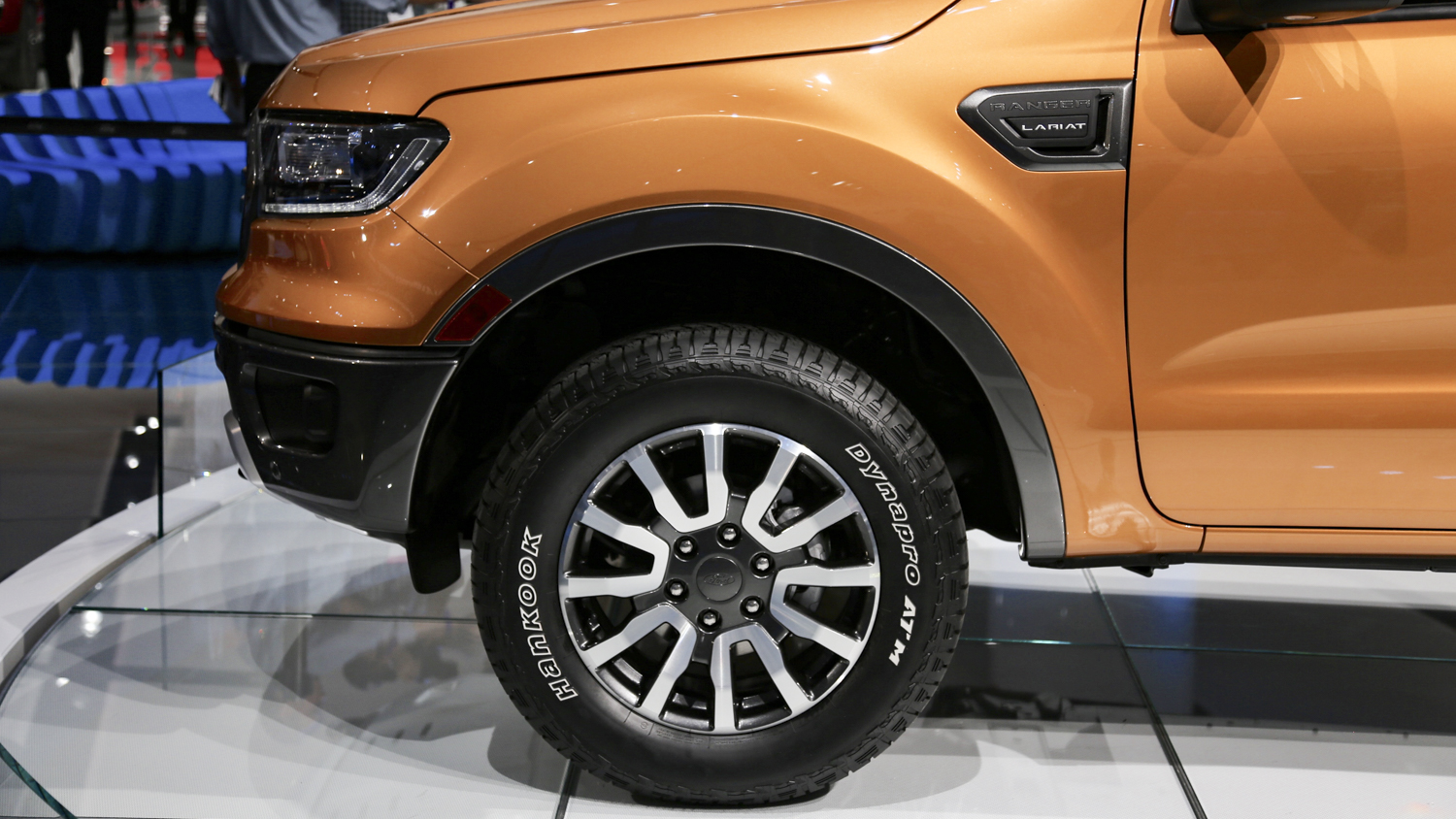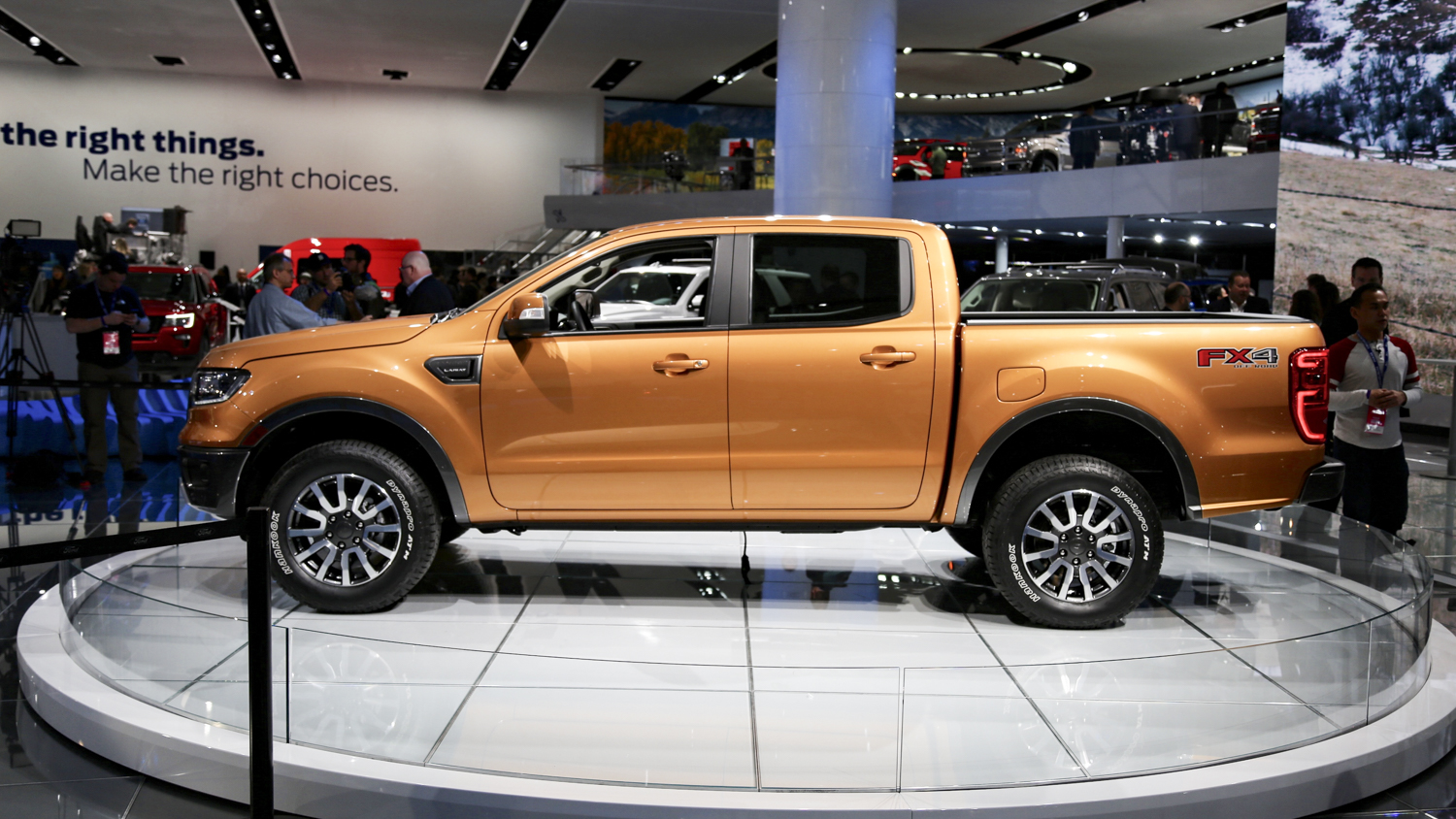In 1982, Ford introduced a pickup truck for the everyman. While the F150 appealed to those with high demands and more generous budgets, the new Ford Ranger was suited for those who longed for an open truck bed without the extra heft of a full-size rig.
For nearly three decades, the Ranger served its purpose, but as midsize truck sales slumped, Ford decided to axe the little pickup in the U.S. market. Since 2011, the Ranger has lived on internationally as the T6, but while the Toyota Tacoma, Chevrolet Colorado, and other models soaked up resurgence in midsize truck enthusiasm (sales between 2014 and 2017 were up 83 percent), the Ranger has been notably absent — until now.

At this year’s Detroit Motor Show, Ford unveiled the first U.S. market ranger in seven years. Engineered in Australia and scheduled for production in Michigan, the 2019 Ranger will go on sale early next year. Ford says the decision to bring back the Ranger is based on how it now sees the midsize truck buyer. The Ranger shopper is one who doesn’t use his truck for work, but rather uses it for play on the weekends, says Ford. The size and maneuverability of the Ranger makes it distinct from the F-150, and therefore attracts a new set of clients.
Styling is based largely on the international T6, albeit with a tweaked front fascia, headlights, taillights, and trim. There will be several variants of the Ranger, but only one engine option (for now): a 2.3-liter Ecoboost turbocharged four-cylinder connected to a 10-speed automatic. Output hasn’t been confirmed, but this engine churns up 280 horsepower and 310 pound-feet of torque in other vehicle applications.

In addition to the XL, XLT, Lariat, and FX4 trims, the Ranger will be offered in supercab (rear half-doors) and supercrew cab (full-size rear doors) configurations. The steel frame carries over from the global market T6, but it is now reinforced and fully boxed.
The Ranger debuts a new “Trail Control” system that’s basically cruise control for crawling off-road with programmable speeds. Additionally, a drive mode system will have settings for normal, grass, gravel, snow, mud/ruts, and sand terrain.
Pricing will be announced closer to launch, but expect the bidding to start around $25,000.
